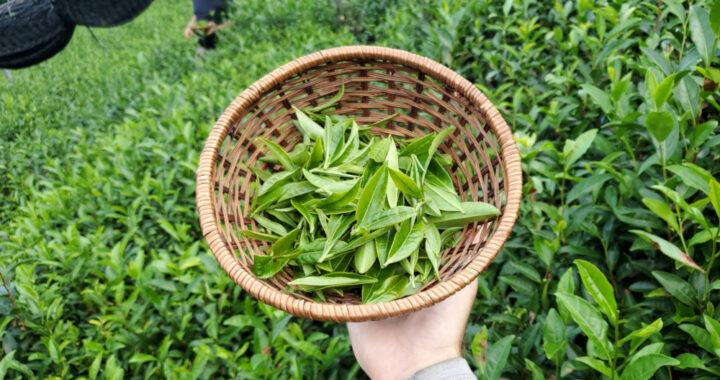Hello! I’m Cameron, intern #160, here to tell you about how I got the chance to make my own black tea by hand.
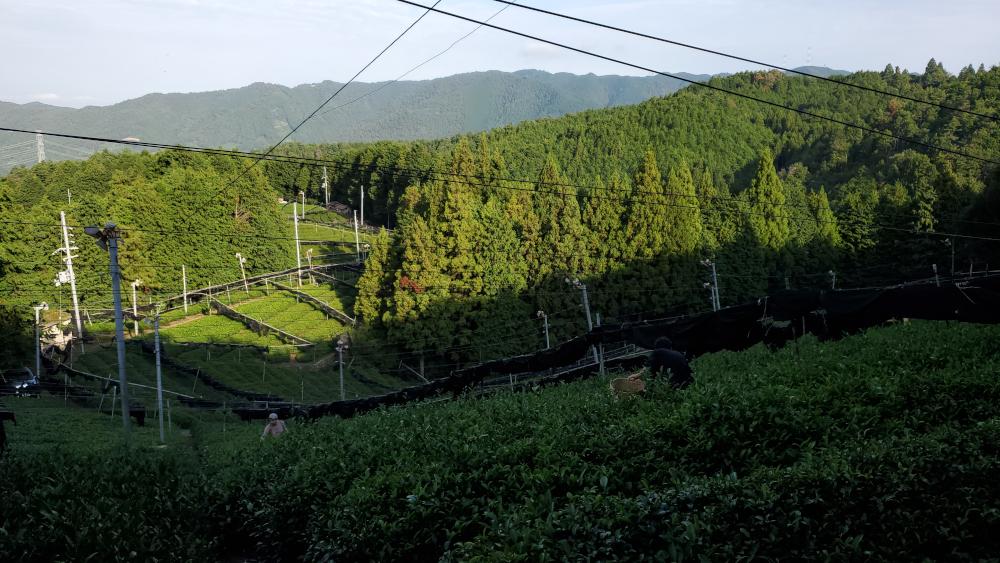

We got up early to hand pick our tea, getting to the field about about 7 in the morning. We used Aoimori 青い森茶畑 (Blue Forest) tea field, an all natural tea field that is just managed by us interns and Obubu staff members.
This was my first time picking tea, and it turns out I was being pretty picky, only grabbing the finest young leaves and buds. This was great for making quality tea, but I wouldn’t have too much to work with. One staff member, Jean, gathered more, and used his backpack while picking to get as much as possible.
Unfortunately, on the way back we had a flat tire. It was quickly replaced by Julien and David.

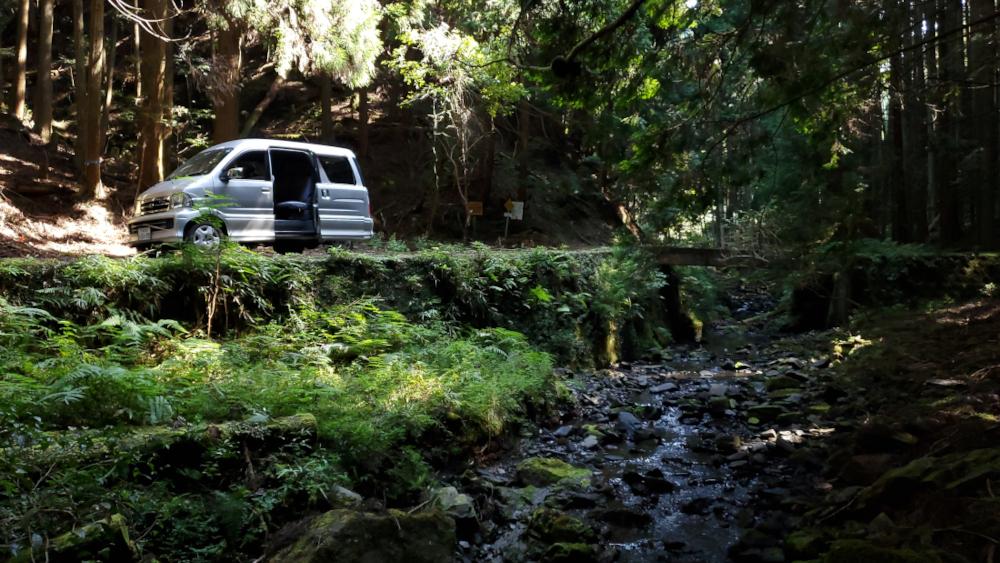
Coming back to our sencha factory, everyone unloaded their haul of leaves to lay out for wilting. You can see us using shelf drying drawers to organize them all.
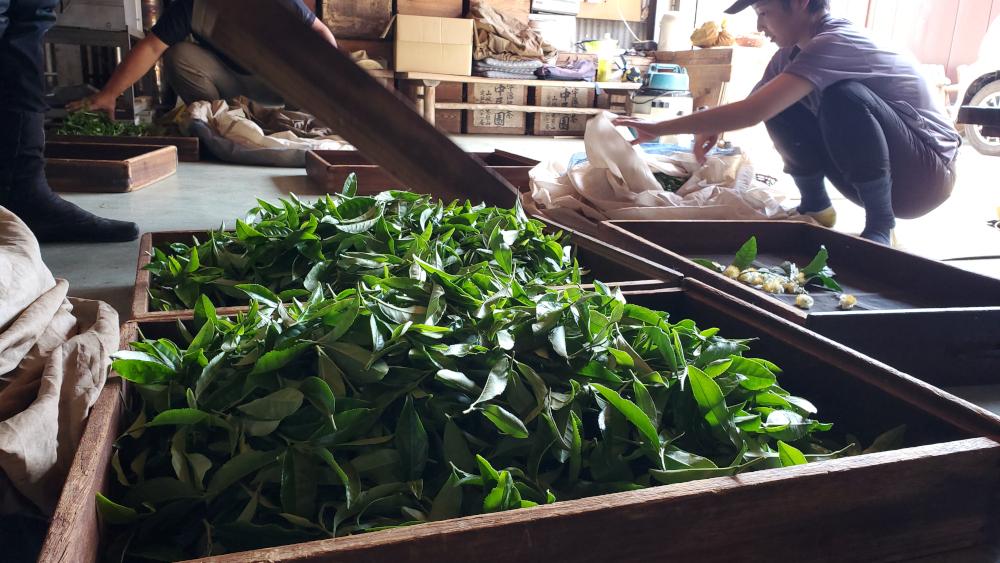
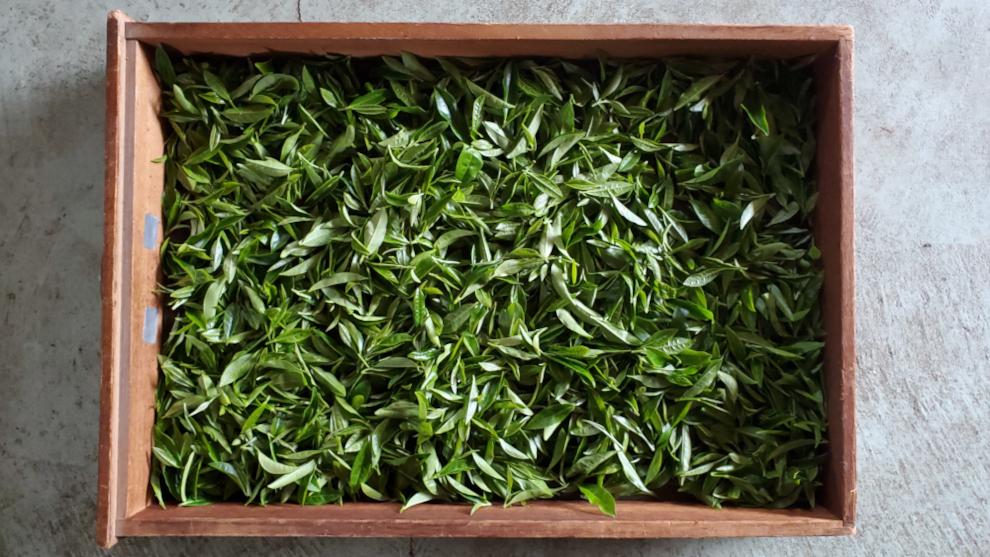
This is all the leaf that I had picked in the morning, in one drawer. It stayed on the floor (with a cloth cover to protect from dust) for a night to wilt.
By afternoon the next day, the leaves were ready for rolling. Jean showed us how to roll leaves in a cloth sack, and we sewed some simple cloth bags to roll our tea in.
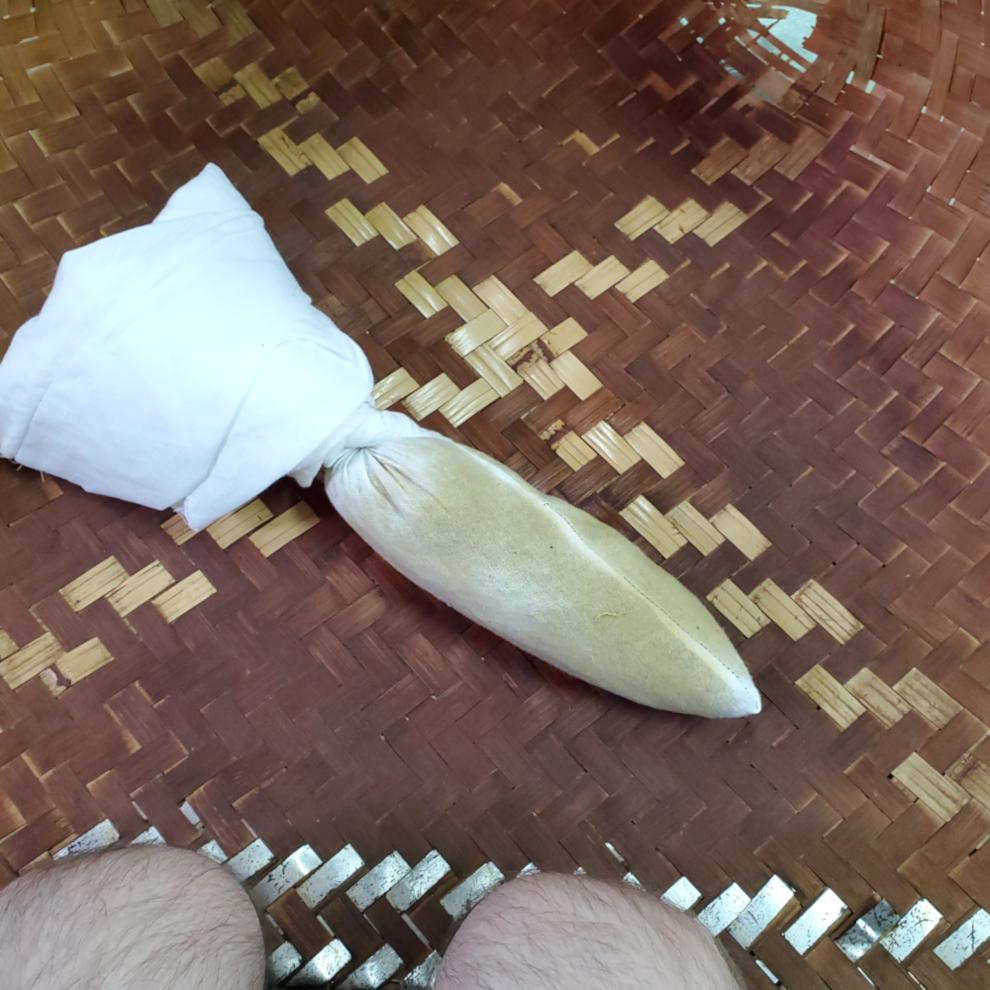
My batch of leaves rolled into nothing in no time! It wasn’t long before the oils began to escape, my hands even turned orange a bit. This broke down the cell walls inside the leaves, which greatly accelerated oxidation.
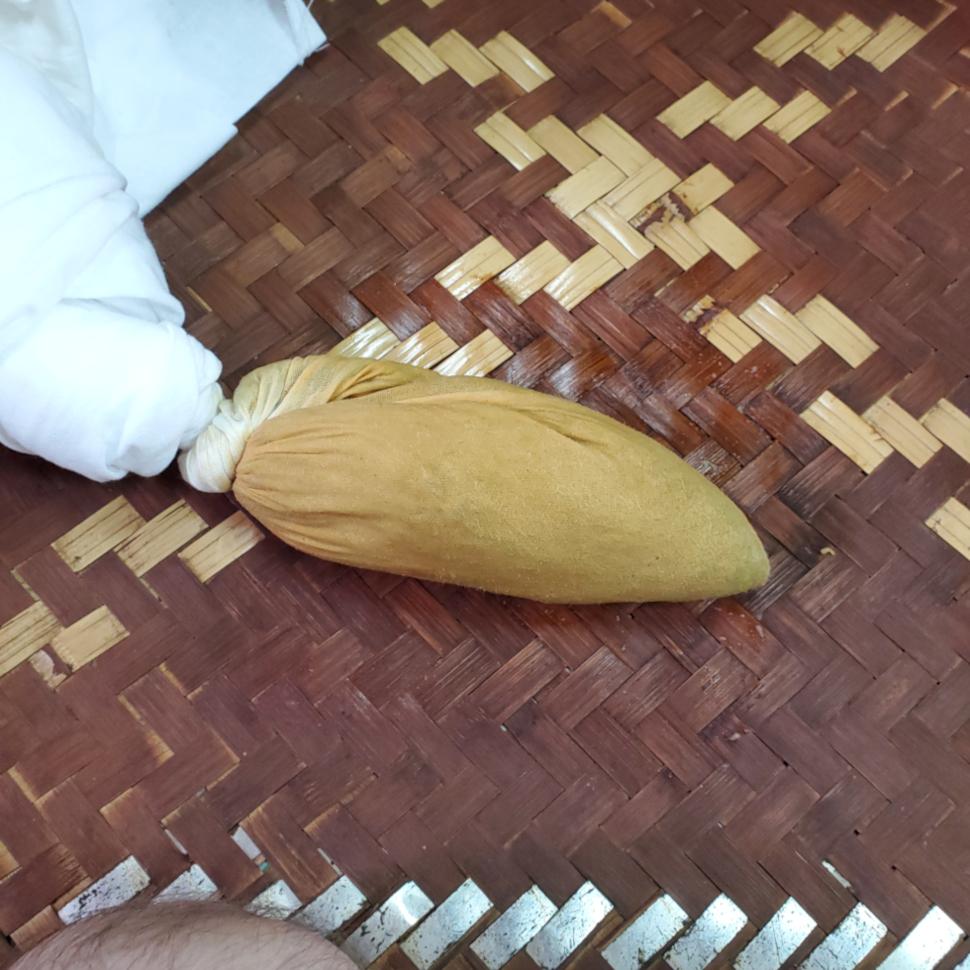
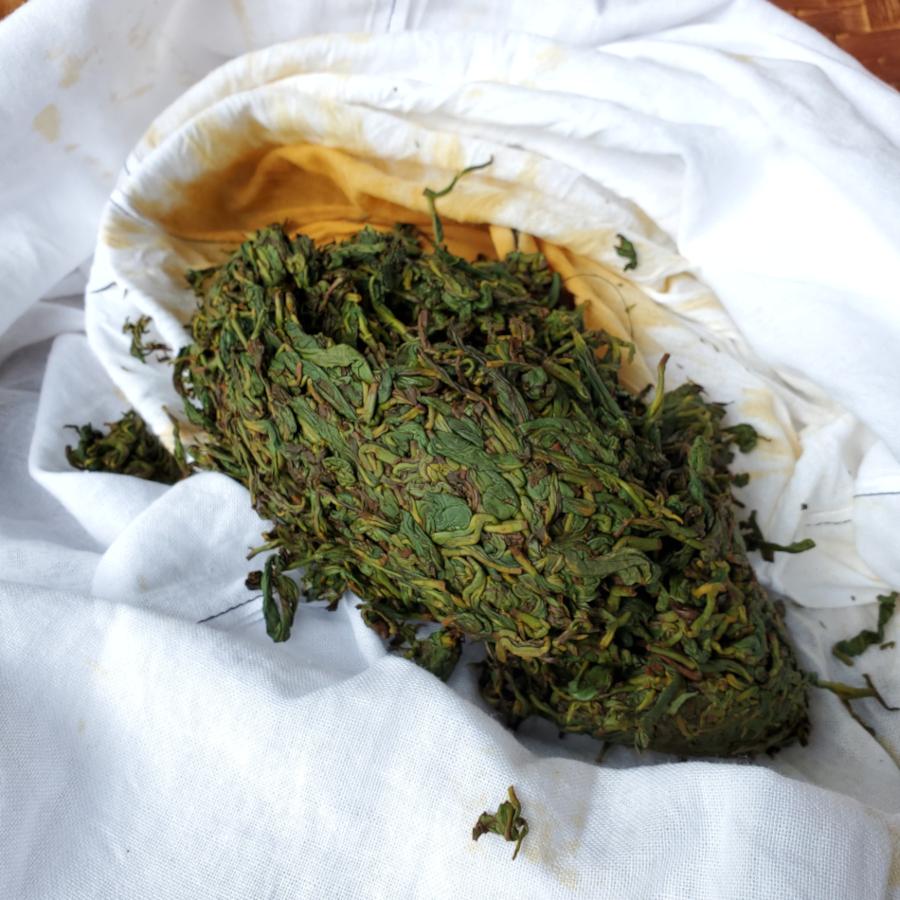
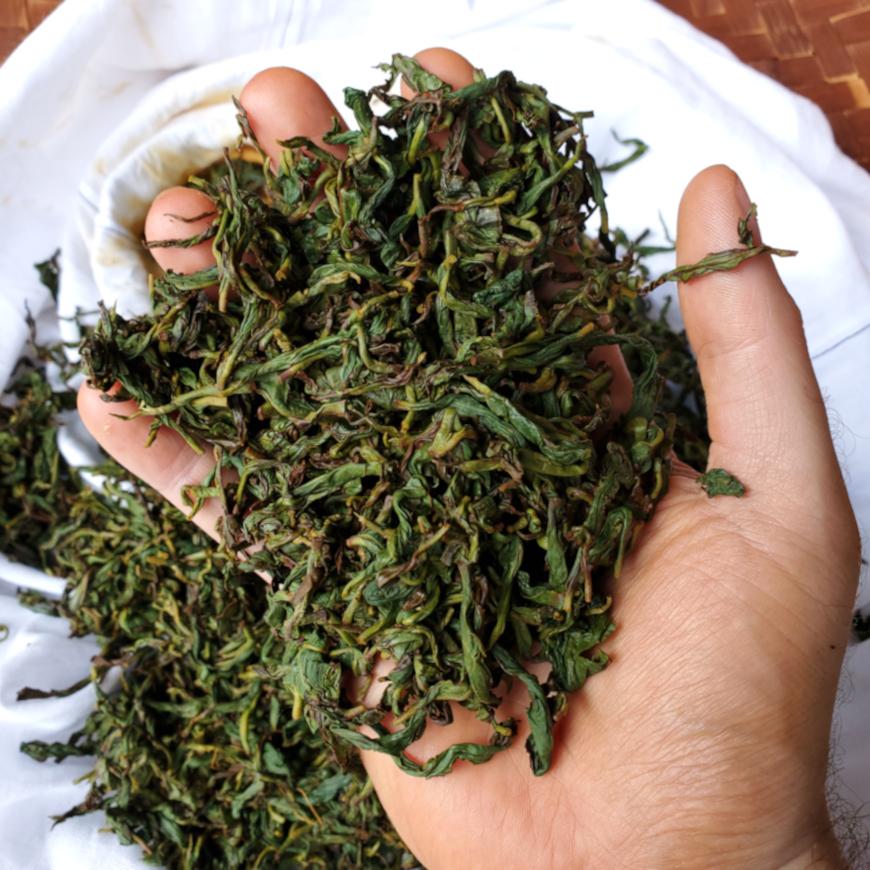
One of my goals for my tea is that I wanted to get rid of as much floral taste as I could. I wanted to roll it thoroughly and let it oxidize for as long as possible. I also wanted to keep it damp, because if it dried out, it would oxidize slower. So I kept my leaves in a mound, covered by a folded cloth, periodically mixing it to ensure even oxidation throughout the pile.
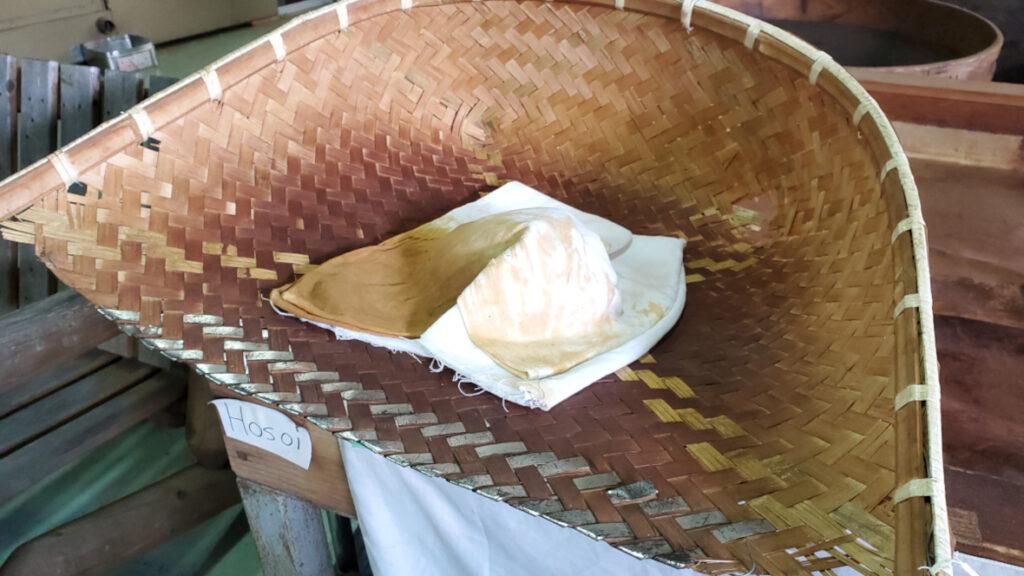
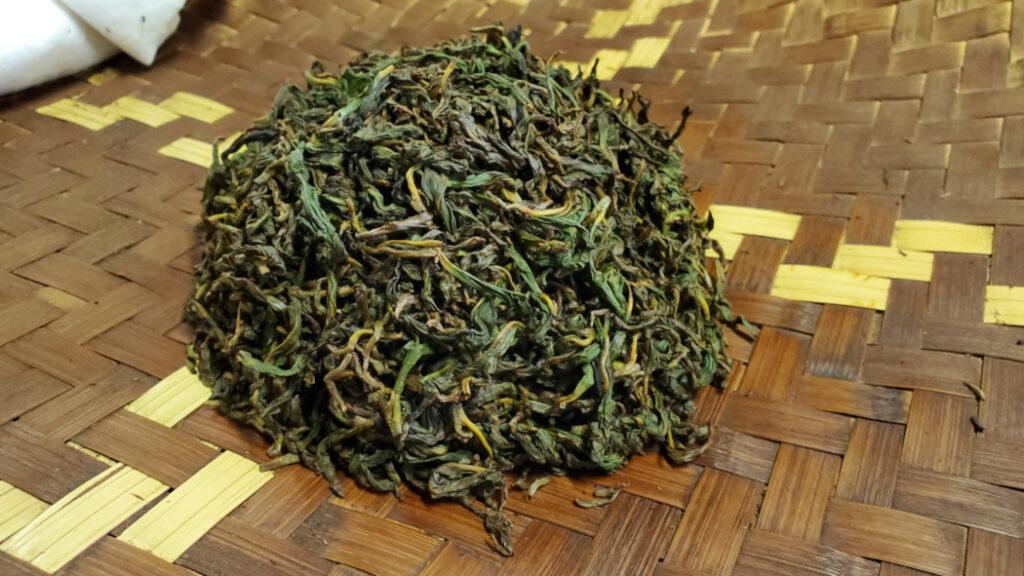
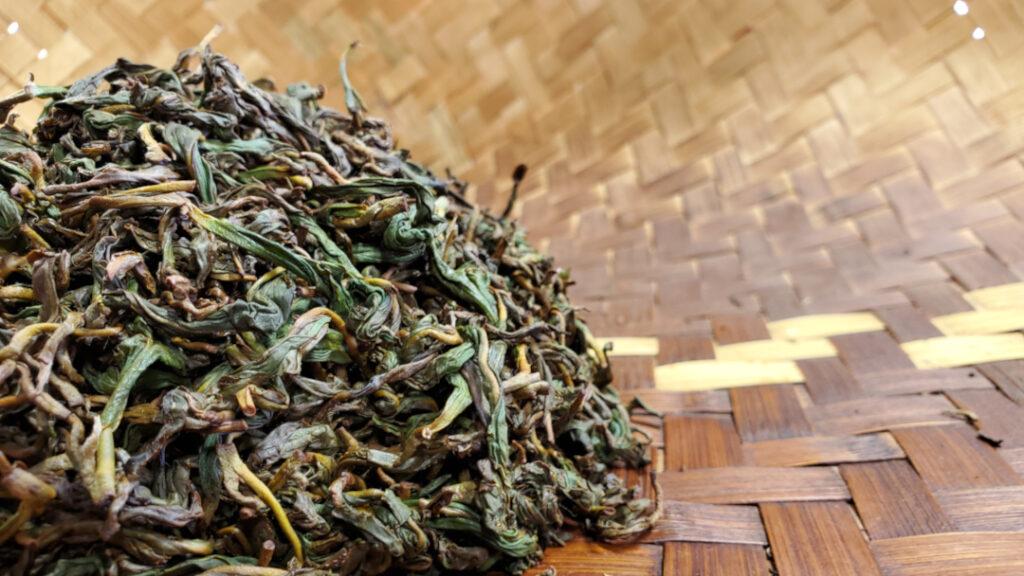
After another day of sitting around, my tea was (hopefully) ready for drying!
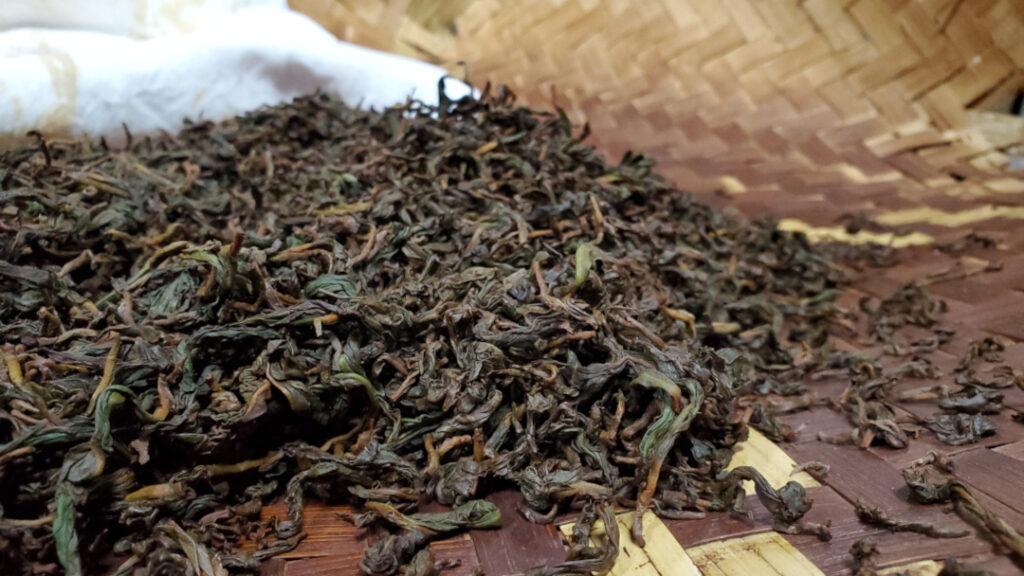
I wanted to avoid floral taste, and maybe bring out malty, nutty, or toasted flavors, so I used very high temperatures to dry my tea. At one point I reached 96C! (205F)
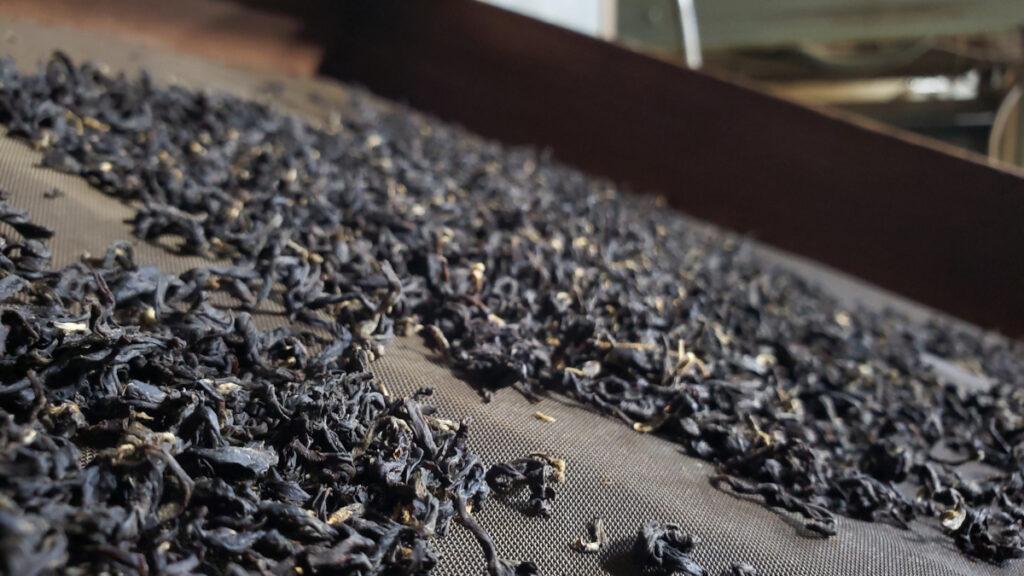
After about 20-30 minutes of drying, I decided it was good enough, and it was done!
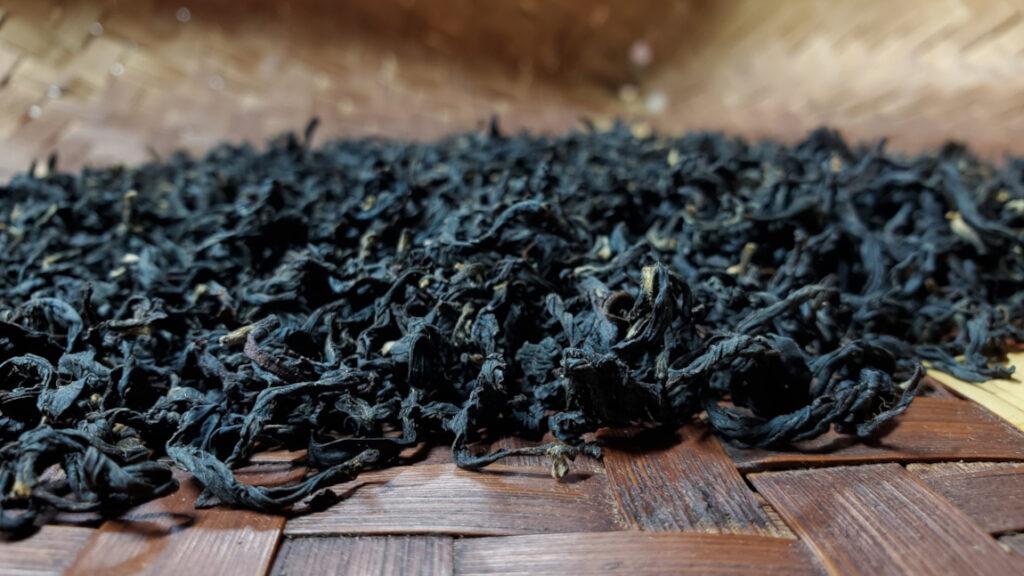
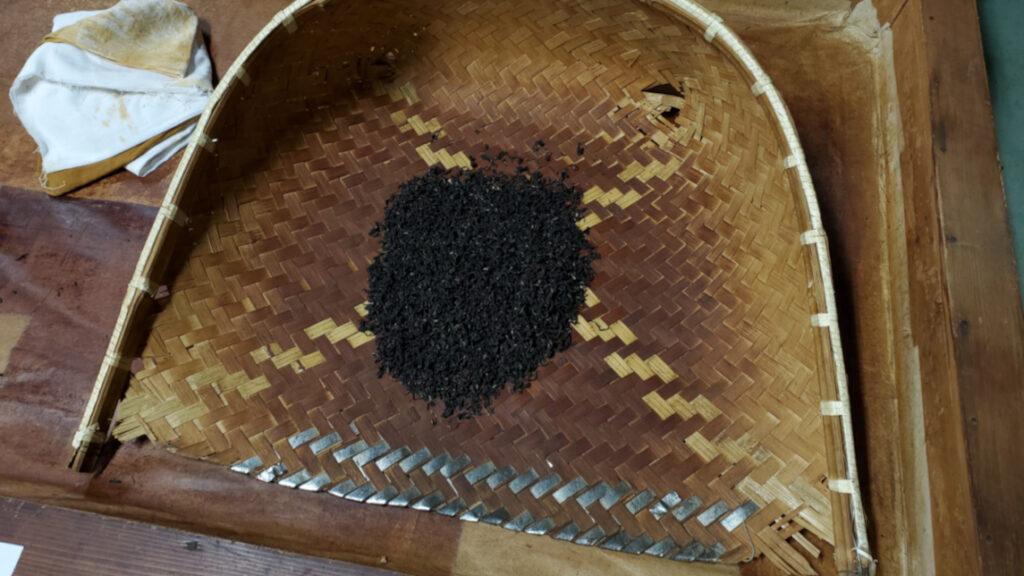
I wish I had taken a before and after weight of the leaves, but as you can see what I’m left with is a fraction of the original picking. A few days later, we had a blind taste test to compare the black teas we had made. Sadly I didn’t win, but at least I like mine the best.
Before coming to Obubu, I thought the process of turning fresh leaf into finished tea would be easy to mess up. It can be a very complicated thing, but this showed me that with high quality material and the right tools, good tea can be made.

